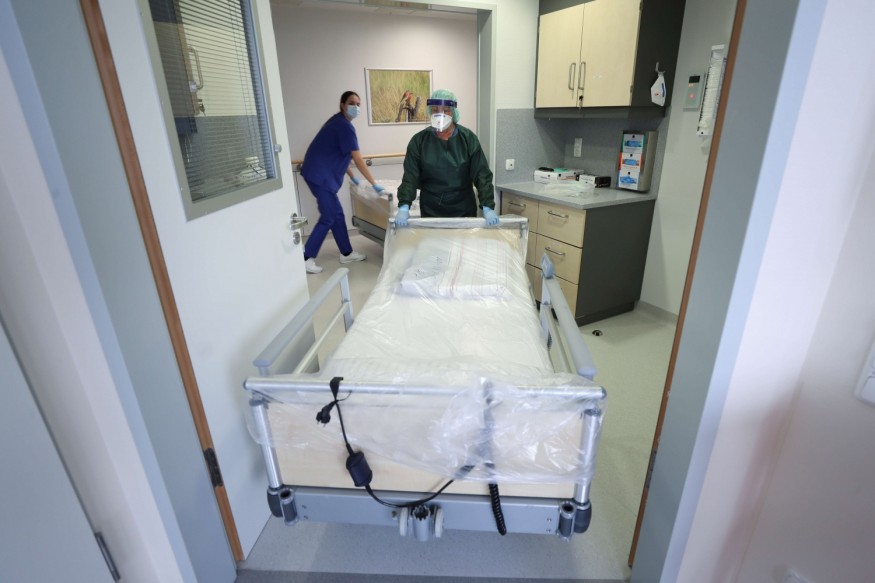ICU Beds Are Almost Fully Occupied in New Mexico

The agencies in control of the treatment of the sick and elderly patients are focusing as to how they should respond, as hospitals all over New Mexico prepare for the outbreaks of the new coronavirus.
Two days following Gov. Michelle Lujan Grisham proclaimed a national emergency for marshaling public health services against a disease outbreak, and as President Trump announced a national crisis last Friday, it was vague whether New Mexico hospitals will be equipped for an increase of chronically ill patients.
Government officials confirmed 10 cases of coronavirus in New Mexico on Friday morning. Two of which patients have been admitted to hospital. One, however, is in an unknown ICU according to Chad Smelser, MD, a DOH Medical Epidemiologist.
An increase in workloads will require enough intensive care unit (ICU) spaces, insulating rooms with negative pressure, mechanical ventilators to assist the patients in breathing, as well as personal protective equipment such as masks, gowns and gloves. UNM and Presbyterian medical officials confirm that they have ample masks, gowns, and gloves ready. However, it is still uncertain how many ICU beds and ventilators would be available for a coronavirus patient spike.
As of the moment the overwhelming majority of ICU beds in New Mexico are filled. For the 344 Government-licensed ICU rooms, only 54 are empty. It is uncertain how many New Mexico facilities will be willing to operate if there is a large flood of patients.
The same is occurring in Italy, when coronavirus patients overcrowded hospitals both the ICU beds and even medical ventilators were in limited supply. Doctors are required to create tough choices regarding who to help.
David Morgan, spokesperson for the New Mexico Department of Health (DOH) had mentioned that the figure varies every single day. In the case of an outbreak, many of the other 3,000 hospital spaces in the nation may be converted to treat the infected patients, according to Jodi McGinnis Porter, spokesman for the State Department of Human Services.
And thus the number 344 does not include the ICU bedspace in five Indian Health Service stations federally operated by the government or the Albuquerque Veteran Affairs Hospital which is not approved and controlled by the state.
Directives of the Center of Disease Control and Prevention suggest that patients admitted in hospitals with respiratory problems use the masks and some of those with risk factors such as prior trips to Italy or China or the recently returning contact to the patients individuals who have been to those high-risk places be put in a single room.
ICU beds are also low in availability at this period of year, with or without a pandemic, due to seasonal flu as well as other respiratory problems. Many neighborhoods in New Mexico, such as Santa Rosa, really had no ICU beds. Overflow and arrangements for relocation of patients to hospitals with accessible ICU beds are managed by DOH and hospitals.
Before arriving in the hospital for coronavirus assessment, Dr. Salvon-Harman added, patients can contact local health care facilities.
Subscribe to Latin Post!
Sign up for our free newsletter for the Latest coverage!
© 2025 Latin Post. All rights reserved. Do not reproduce without permission.














